Are you considering dental implants but worried about the condition of your jawbone? Or did you hear from your dentist that you don’t have enough bones to get implants? If so, you’re not alone! Many people find themselves in a similar situation, and that’s where sinus lift surgery comes into play.
In this guide, we’ll break down what a sinus lift is, the techniques involved, the benefits, and everything else you should know before diving into this procedure.
What is a Sinus Lift Surgery?
A sinus lift, also known as sinus augmentation, is a surgical procedure that lifts the a fallen sinus and adds bone to your upper jaw in the area between your jaw and maxillary sinuses. Why is this important? Well, dental implants need a solid foundation of bone to be successful, and some people have insufficient bone height in their upper jaw. This is often due to tooth loss or other factors.
A sinus lift raises the sinus floor and allows for the placement of bone graft material, making it possible to install dental implants.
When you experience tooth loss and you continue using that area to bite or chew food, in the long run, your sinus drops and you will have bone loss. This procedure is widely known to be done alongside bone graft treatment.
Why Would You Need a Sinus Lift?
There are several reasons someone might need a sinus lift:
-
- Insufficient Bone Height: After tooth loss, the bone can resorb, leading to insufficient height for dental implants for the upper teeth.
- Sinuses Located Too Close: If your sinuses sit too close to your upper jaw, there won’t be enough room for the upper teeth implant.
- Dental Implant Success: Sinus lifts can greatly increase the chances of successful dental implants, making them a necessary step for many patients.
Techniques Used in Sinus Lift Surgery
So, how exactly does a sinus lift work? Let’s break down the common techniques typically used by oral or maxillofacial surgeons or periodontists during the procedure:
1. Lateral Window Sinus Lift Technique
This is the most commonly used method for a sinus lift. Here’s how it goes:
-
- Incision: A small incision is made in the gum tissue near your upper premolars or molars.
- Bone Access: The jaw bone is exposed, and a small opening is cut into it.
- Sinus Membrane Elevation: The sinus membrane, which lines the sinus cavity, is gently pushed upward to create space.
- Bone Grafting: The space is filled with bone graft material (this can be your own bone, cadaver bone, or synthetic materials).
- Closure: The incision is stitched up, and you’re on your way!
2. Summit Sinus Lift Technique
This technique can sometimes be performed using a less invasive approach that involves placing a small device into the jawbone through a small hole. The device is then used to elevate the sinus membrane gradually. This technique is less common but can be advantageous for patients with specific needs.
3. Simultaneous Sinus Lift and Implant Placement
Sometimes, if the bone condition allows, the sinus lift can be combined with the placement of dental implants in one go. This can save time and reduce the number of procedures you may have to undergo.
Sometimes even when the bone is not sufficient, the procedure can still be done and then another procedure known as Bone Grafting will be done immediately after. This will provide the necessary bone needed for the implant. The implant will then be fitted in directly, allowing the bone, sinus and implant to all heal and fuse together.
Benefits of a Sinus Lift
You might be wondering, “is sinus surgery worth it?” Absolutely! Here are some of the key benefits:
-
- Boosting Implant Success: By adding bone and gently lifting the sinus, you greatly enhance the chances of a successful implant. This approach really makes a difference!
- Restored Functionality: Once you have your dental implants, you can chew, speak, and smile with confidence!
- Better Aesthetic Outcomes: Dental implants look and feel like natural teeth, improving your overall appearance.
- Minimally Discomforting: Many patients report only minimal discomfort during and after the procedure.
- Prevention of Further Bone Loss: A sinus lift can mitigate ongoing bone loss in the upper jaw. By creating a robust foundation for implants, the procedure helps maintain the jawbone.
Potential Risks and Complications
Despite their benefits, there are potential risks and complications associated with sinus lift surgery that patients should be aware of..
1. Infection
One of the most common risks following any surgical procedure, including a sinus lift, is sinus infection. Although the surgical environment is sterile, bacteria can still enter the incision site. This can lead to infections that may require additional treatment, including antibiotics or, in severe cases, further surgery. In some cases, it could potentially lead to Periodontal Disease.
2. Sinus Membrane Perforation
Another significant risk during a sinus lift is perforation of the sinus membrane. This complication can occur if the bone is too thin or if the surgical instruments are used forcefully. A perforated membrane can cause post-operative issues like infections or improper drainage, potentially delaying healing and causing pain
3. Insufficient Bone Growth
Sometimes the grafted material may not integrate properly with the existing bone, leading to insufficient bone growth. This failed integration could hinder the desired outcome of the sinus lift, possibly requiring further procedures to achieve adequate upper jaw bone density for implant placement.
4. Swelling and Discomfort
Post-operatively, patients may experience swelling, bruising, and discomfort in the treated area. While some level of swelling and discomfort is normal, it’s important that patients closely monitor their symptoms. Typical post-operative symptoms can include minor pain that can usually be managed with over-the-counter pain relievers, as well as potential swelling around the cheeks and eyes, which may peak two to three days after the procedure.
Grafting Materials Used in Sinus Lift Surgery
Various grafting materials can be used during a sinus lift to promote bone growth and healing. Understanding the types of materials available can help patients recognize their options and the factors that might influence their procedure. Here are the commonly used grafting materials in sinus lifts:
1. Autografts
Autografts are bone material grafts taken from the patient’s own body, often from areas like the hip or chin. This method presents the highest compatibility, as the body recognizes its own tissue, leading to minimal risk of rejection. Additionally, autografts contain living cells that promote healing, making them a highly effective choice for sinus lifting.
2. Allografts
Allografts are sourced from human bone donors, typically harvested from cadavers. This material undergoes rigorous processing and sterilization to ensure safety. Allografts provide a scaffold for new bone growth and have a lower risk of complications compared to autografts. They are particularly advantageous for patients who prefer to avoid a second surgical site.
3. Xenografts
Xenografts are derived from animal sources, most commonly bovine (cow) bones. They are treated to eliminate disease transmission and prepare them for use in the human body. Doctors use xenografts to provide a supportive matrix for bone regrowth when there is limited donor bone available from the patient. Their bio-compatible nature allows for effective integration into the patient’s jawbone, making them a reliable option in sinus lift procedures.
Considerations Before Undergoing a Sinus Lift
Before you jump into a sinus lift, there are some things to keep in mind:
-
- Consultation: Talk to your oral surgeon about your specific situation. They’ll be able to assess your bone density and sinus health. You can contact Parla Clinic for a FREE CONSULTATION about your dental health.
- Healing Time: After the procedure, you’ll need a healing period before getting your dental implants. Be prepared for a little waiting becuase it can take a few months.
- Possible Complications: Like any surgery, there can be risks involved, such as infection or sinus complications. Be sure to discuss these with your surgeon.
Post-Procedure Care And Healing Process
Taking care of yourself after a sinus lift is crucial for healing. Here are some tips:
-
- Follow Instructions: Always follow your surgeon’s post-operative care instructions.
- Avoid Strenuous Activities: Give yourself some time to relax and allow your body to heal.
- Watch for Signs of Complications: Keep an eye on any unusual symptoms, such as persistent pain or bleeding, and contact your doctor if you notice anything concerning.
- Rinse With Care: Do not rinse your mouth with force after the procedure. This could disturb the blood from clotting and cause complications.
- Stay Hydrated: Staying hydrated is very crucial for healing. Make sure you drink a lot of liquids.
- Avoid Smoking: If it isn’t clear already, you should by all cost avoid smoking. Check out our other post on Smoking After Tooth Extraction and its potential effects and alternatives
Importance of Selecting an Experienced Surgeon
Choosing an experienced oral surgeon or periodontist is crucial for the success of a sinus lift procedure. A qualified professional will use in-depth knowledge of the maxillary sinus anatomy to perform the procedure with precision. During the initial consultation, patients should feel comfortable discussing their concerns and asking questions about the surgeon’s experience, technique, and success rates. Many people prefer Parla Clinics because of their expert Surgeons.
Conclusion
A sinus lift can be a transformative procedure for individuals seeking dental implants in the upper jaw. However, like any surgical intervention, it comes with its own set of risks and challenges. By understanding the procedure, preparing adequately for surgery, and following through with post-operative care, patients can enhance their chances for a successful outcome. Moreover, selecting a reputable and experienced dental professional can make all the difference in achieving the desired results.
Ultimately, the goal of a sinus lift is to restore functionality and aesthetics to a patient’s smile, enabling them to enjoy the full benefits of dental implants while significantly improving their quality of life. If you are considering a sinus lift, consult with your dental provider to explore your options and ensure an informed decision.
People Also Ask
Frequently Asked Questions:
-
- What Is a Sinus Lift?
– A sinus lift is a surgical procedure that raises the sinus floor to create space for bone grafting, enabling successful dental implant placement in the upper jaw.
- What Is a Sinus Lift?
-
- When Do You Need a Sinus Lift Surgery?
– A sinus lift is required when there is insufficient bone in the upper jaw, often due to bone loss from tooth extraction or sinus expansion, making dental implants unfeasible without additional support.
- When Do You Need a Sinus Lift Surgery?
-
- What Happens Before a Sinus Lift Surgery?
– Before surgery, your dentist will perform imaging tests (like X-rays or CT scans) to evaluate the bone and sinus structure, ensuring the procedure is safe and necessary.
- What Happens Before a Sinus Lift Surgery?
-
- How Is a Sinus Lift Surgery Done?
– The surgeon makes a small incision in the gum and lifts the sinus membrane, creating space for bone graft material to be inserted, promoting bone growth.
- How Is a Sinus Lift Surgery Done?
-
- What Happens After a Sinus Lift?
– Post-surgery, you’ll follow care instructions to promote healing. Before the dental implant can be placed, it can take months for the bone graft to integrate.
- What Happens After a Sinus Lift?
-
- What Are the Risks of a Sinus Lift?
– Risks include infection, sinus membrane perforation, prolonged healing, and, in rare cases, nerve damage or issues with the implant.
- What Are the Risks of a Sinus Lift?
-
- How Does an Implantologist Differ from a General Dentist?
– An implantologist specializes in placing dental implants, while a general dentist focuses on overall oral care and may refer you to an implant specialist for complex procedures.
- How Does an Implantologist Differ from a General Dentist?
-
- How can a sinus lift procedure help?
– A sinus lift helps create enough bone volume for dental implants by addressing bone loss and ensuring a stable foundation for the implant to function properly.
- How can a sinus lift procedure help?

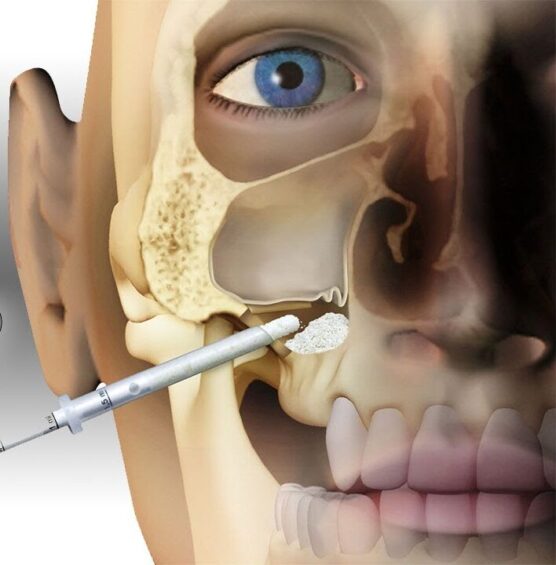
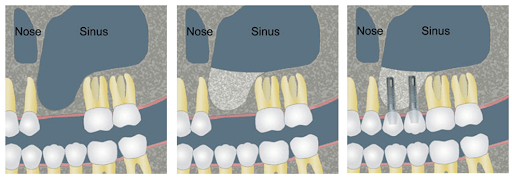
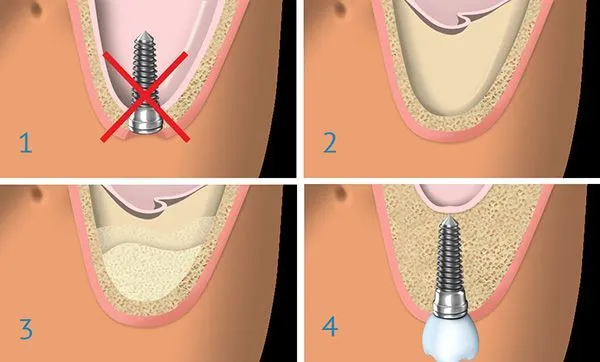

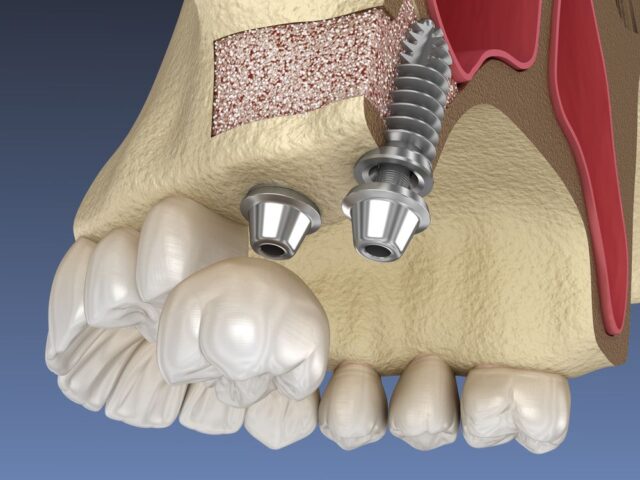
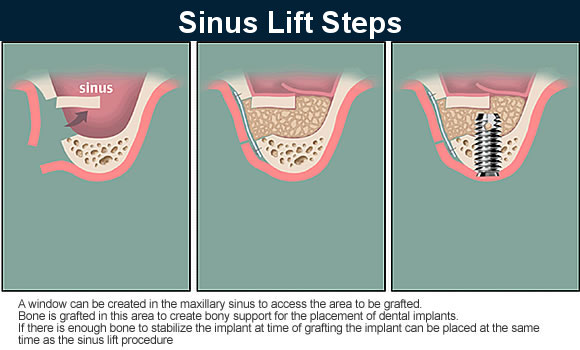

One comment
Jack
February 5, 2025 at 8:13 am
This was very helpful because my consultant has been talking about doing this treatment before my implant, and I didn’t understand it well before.